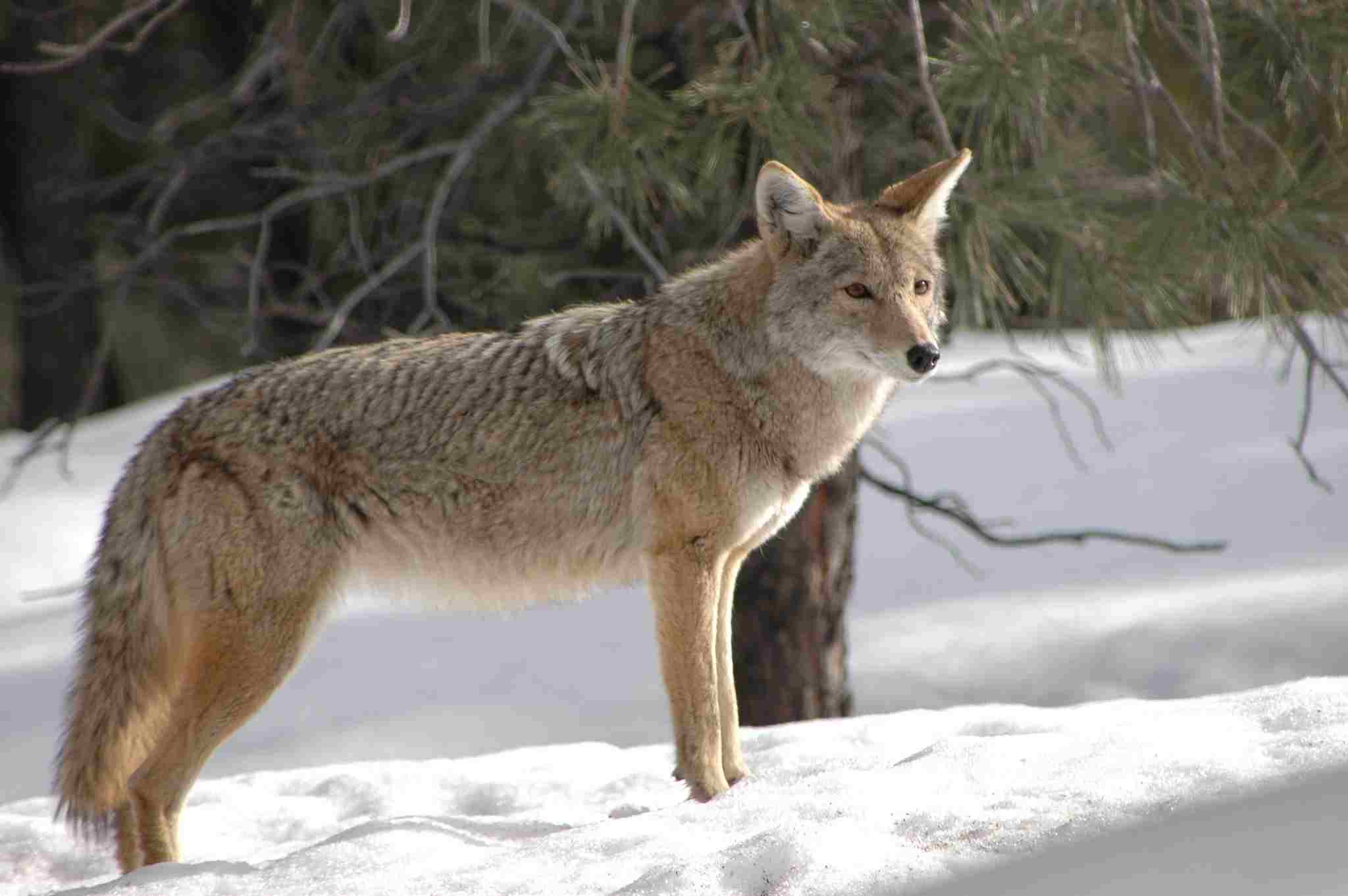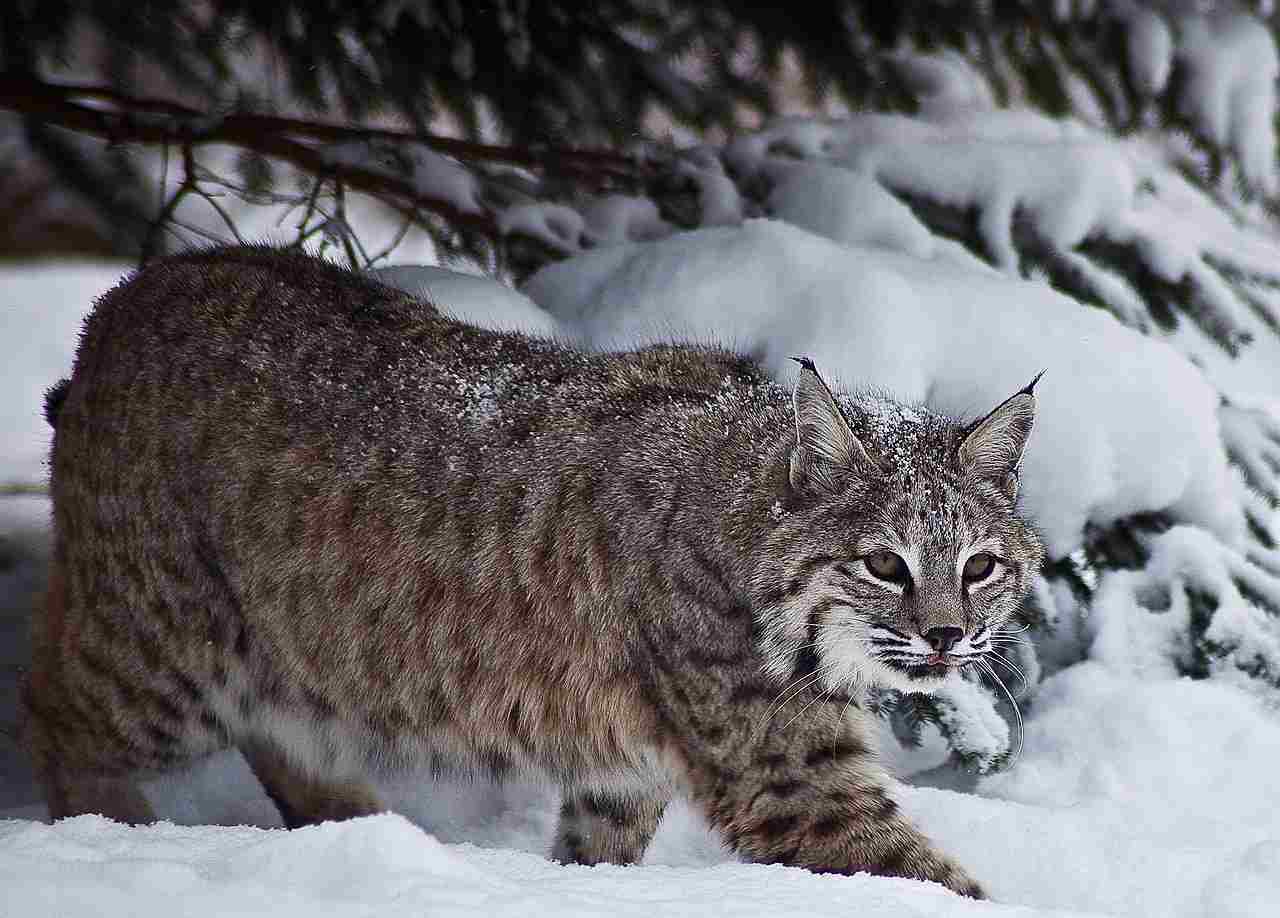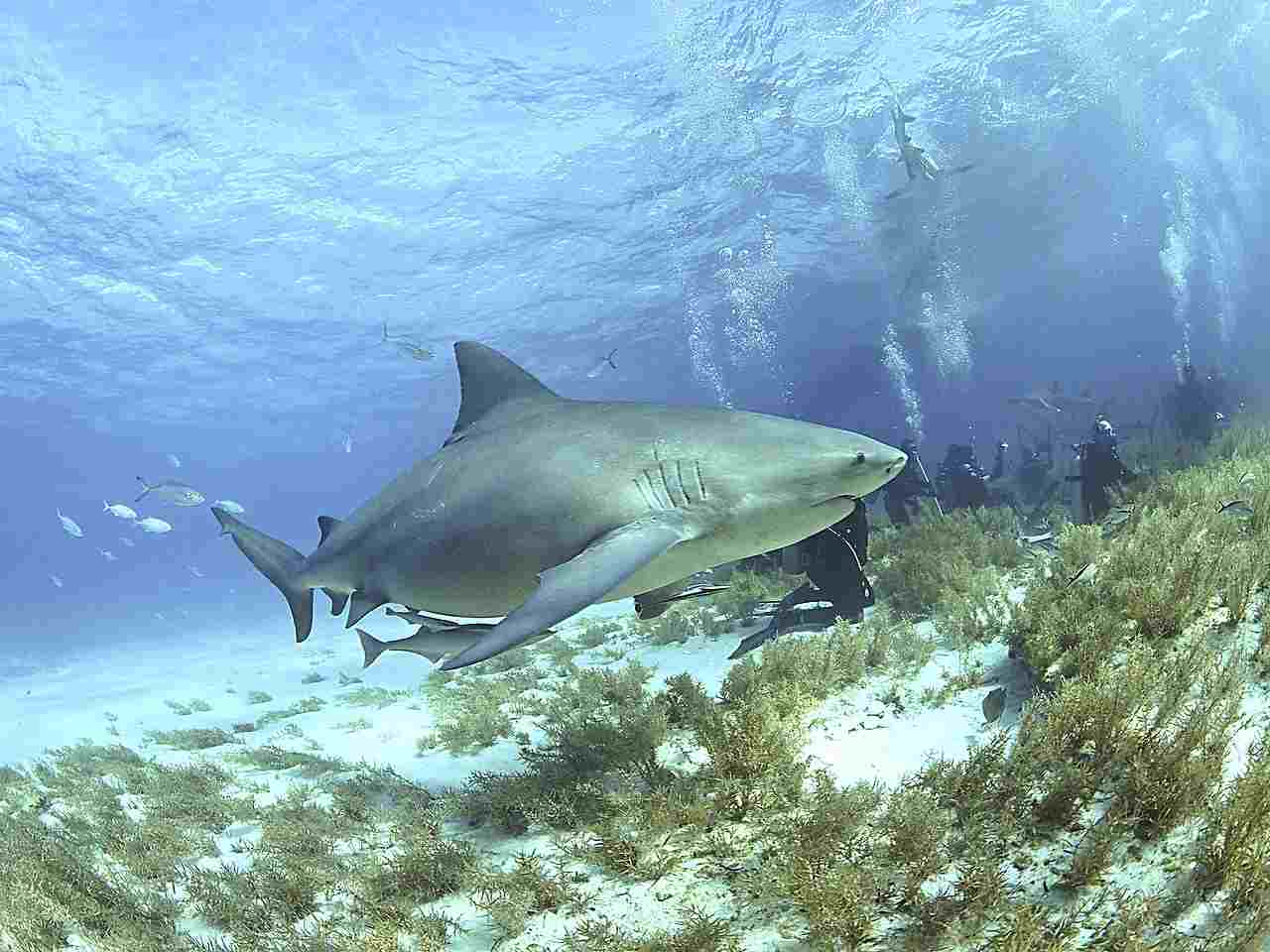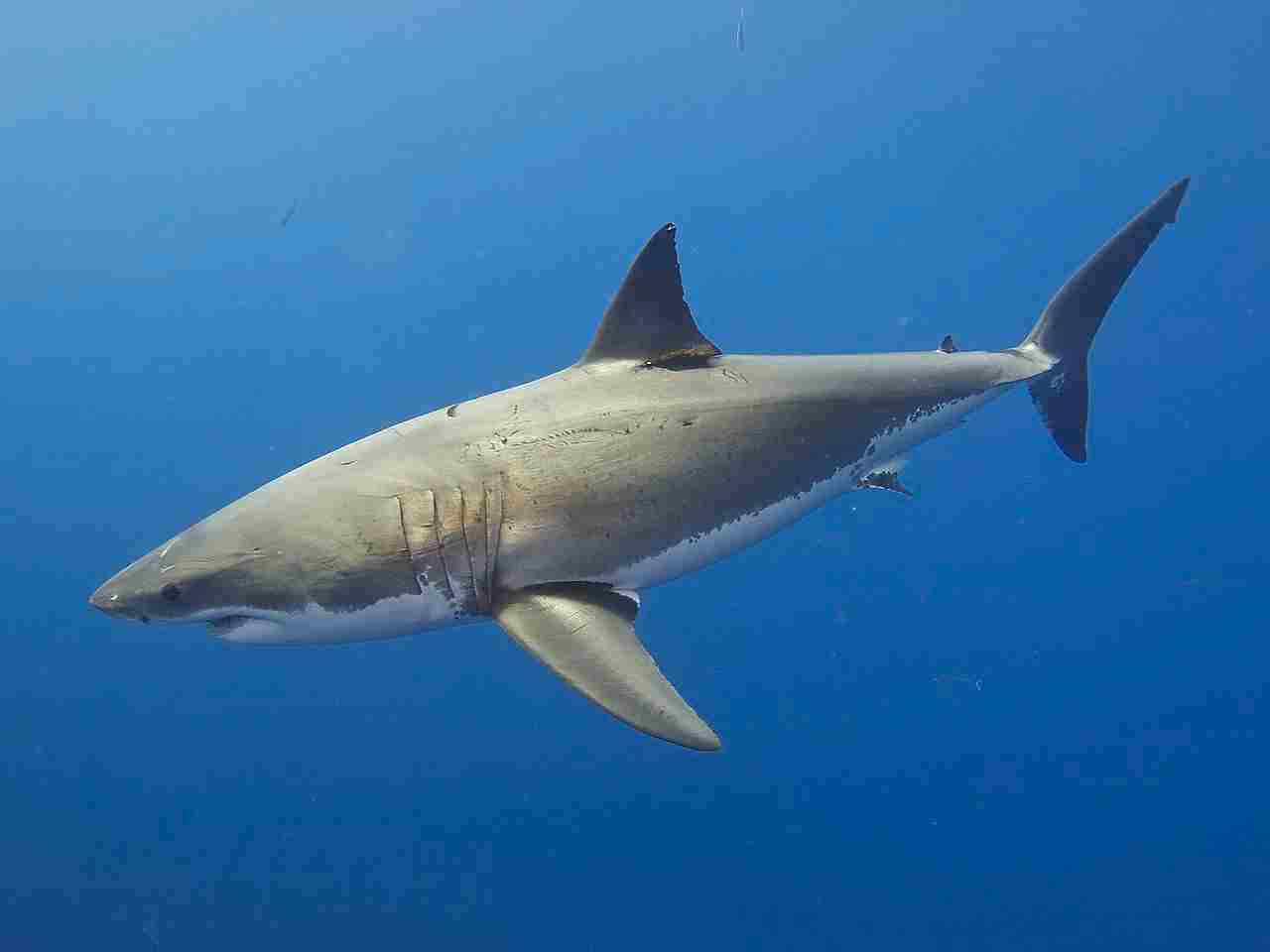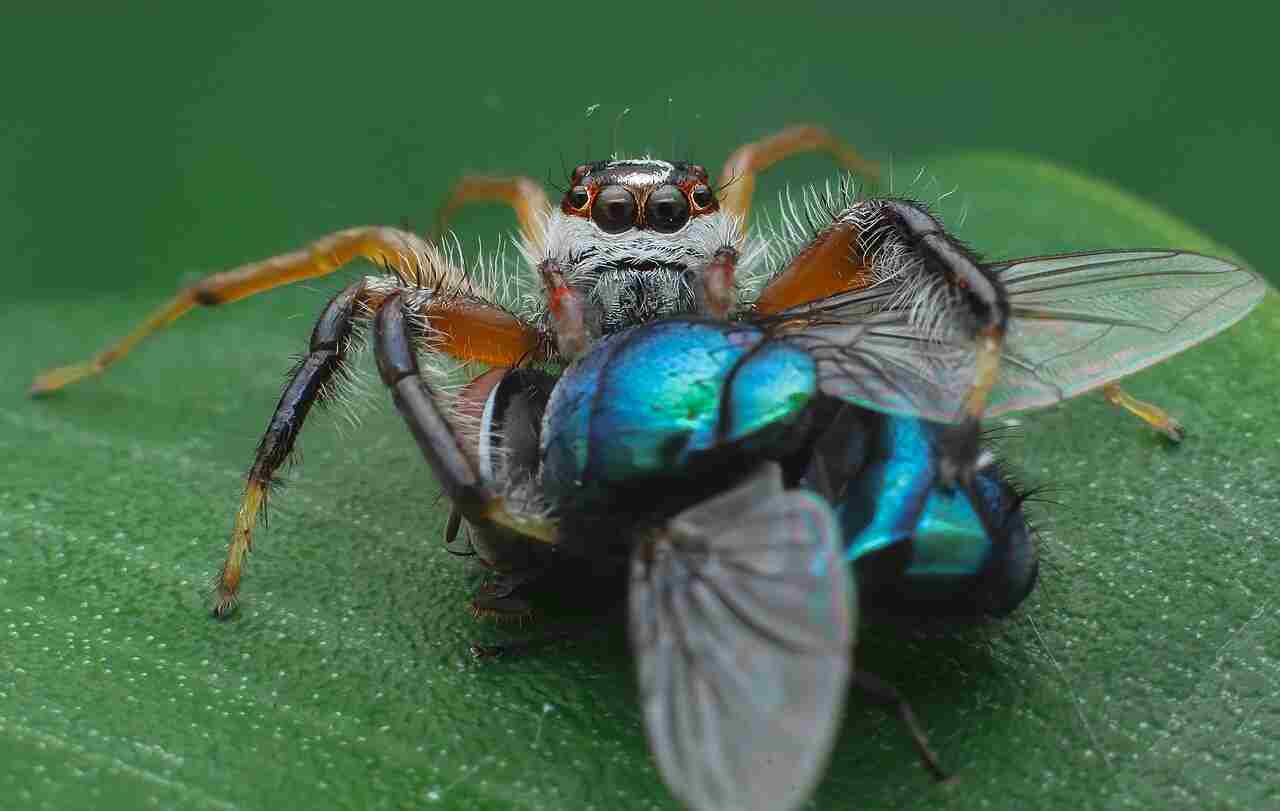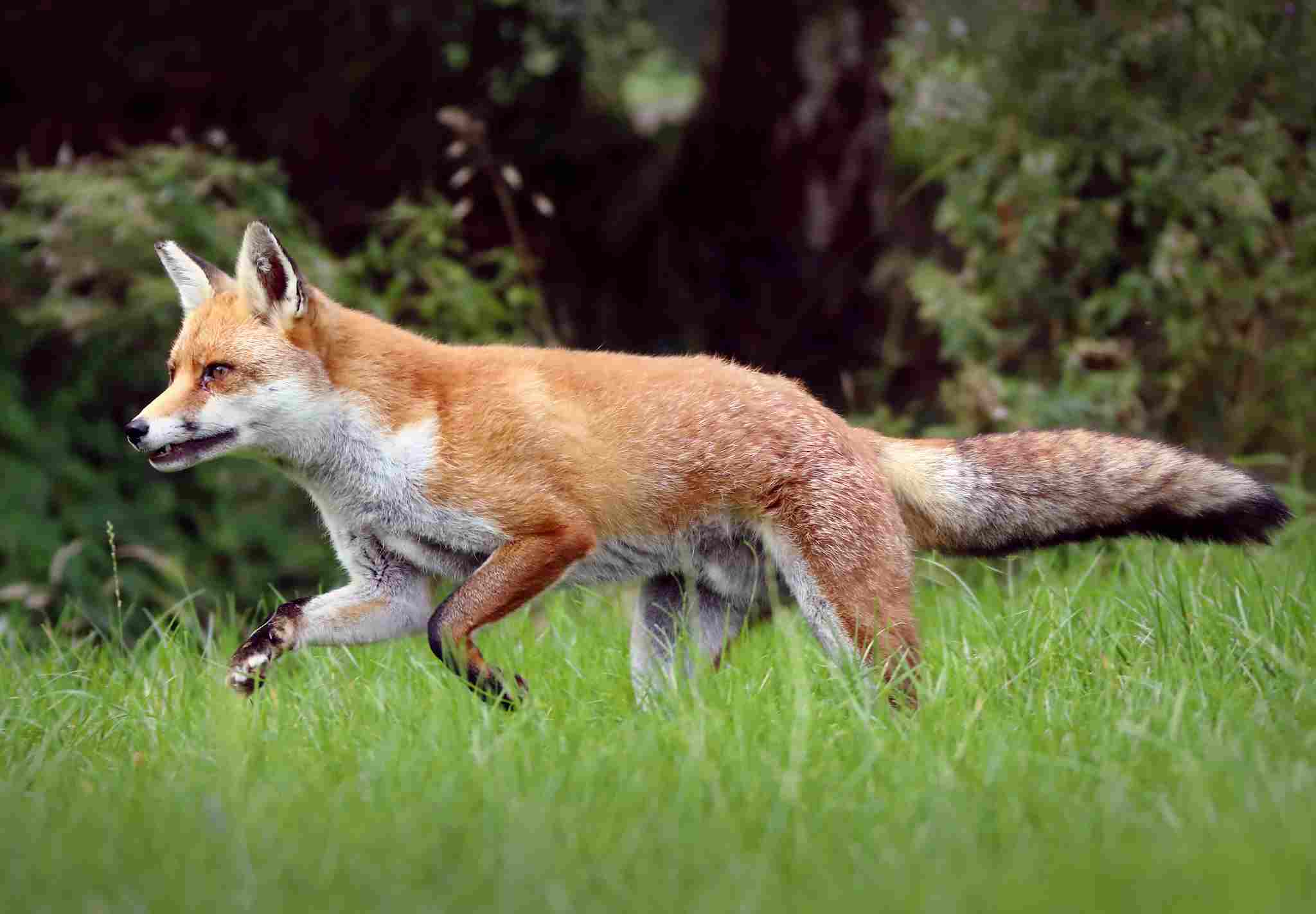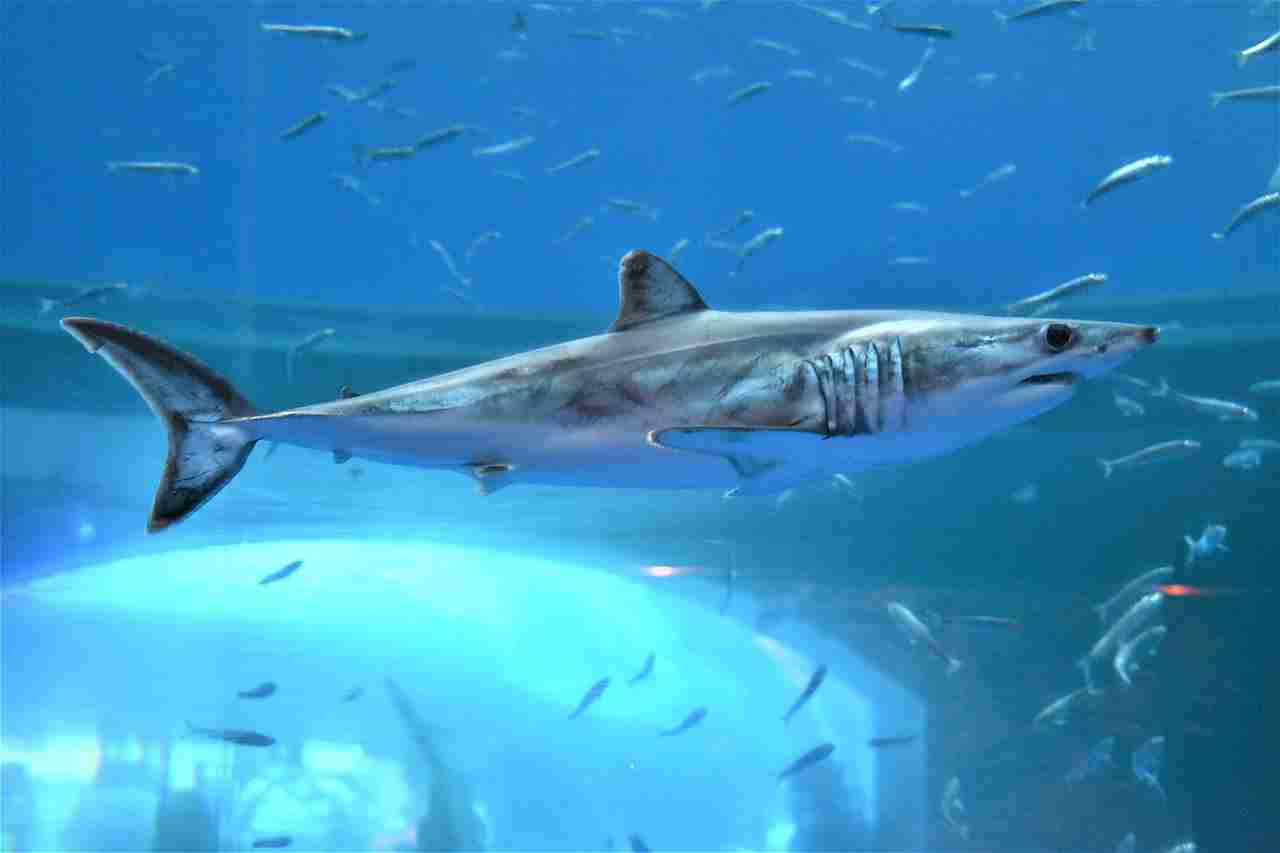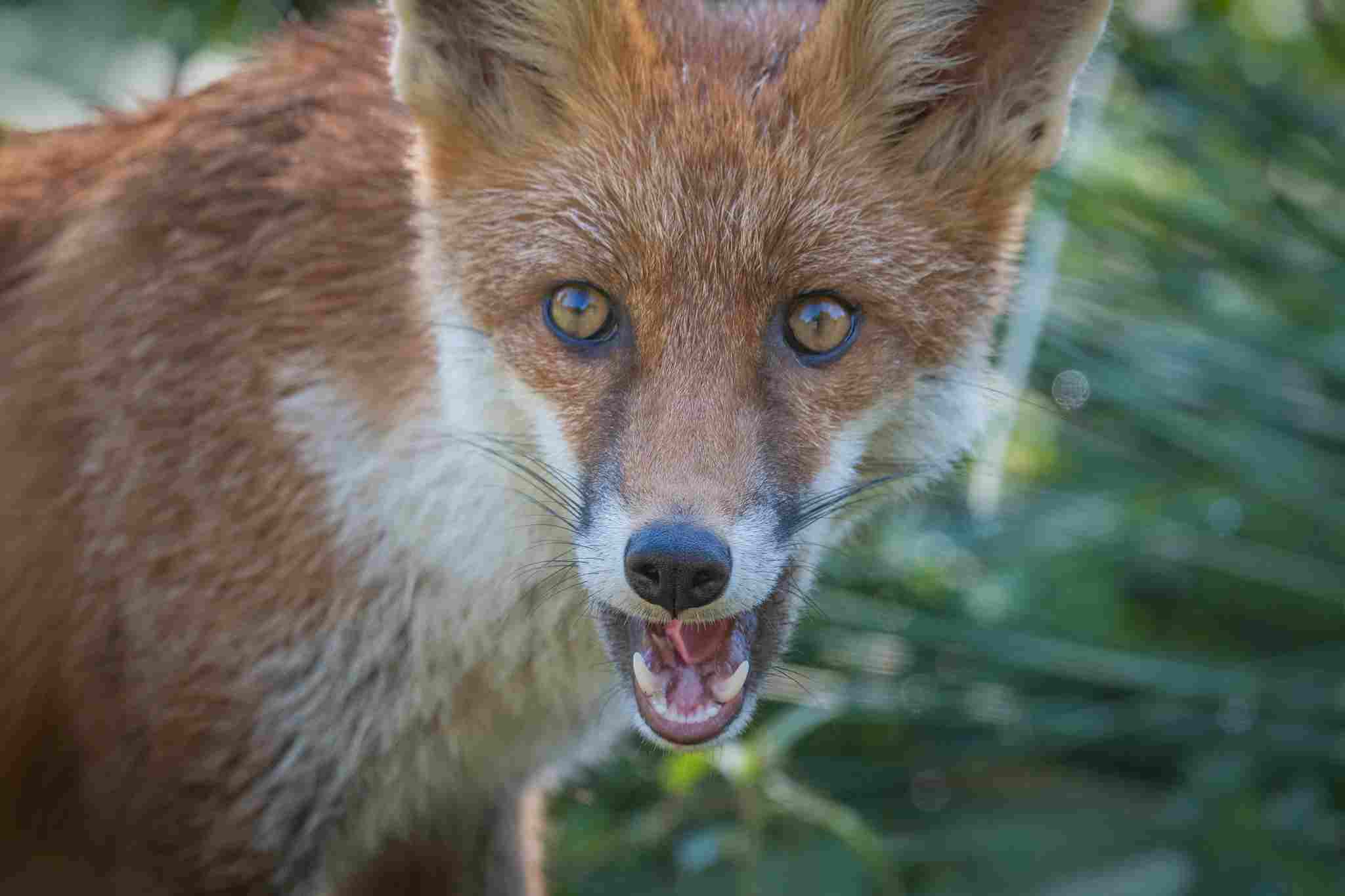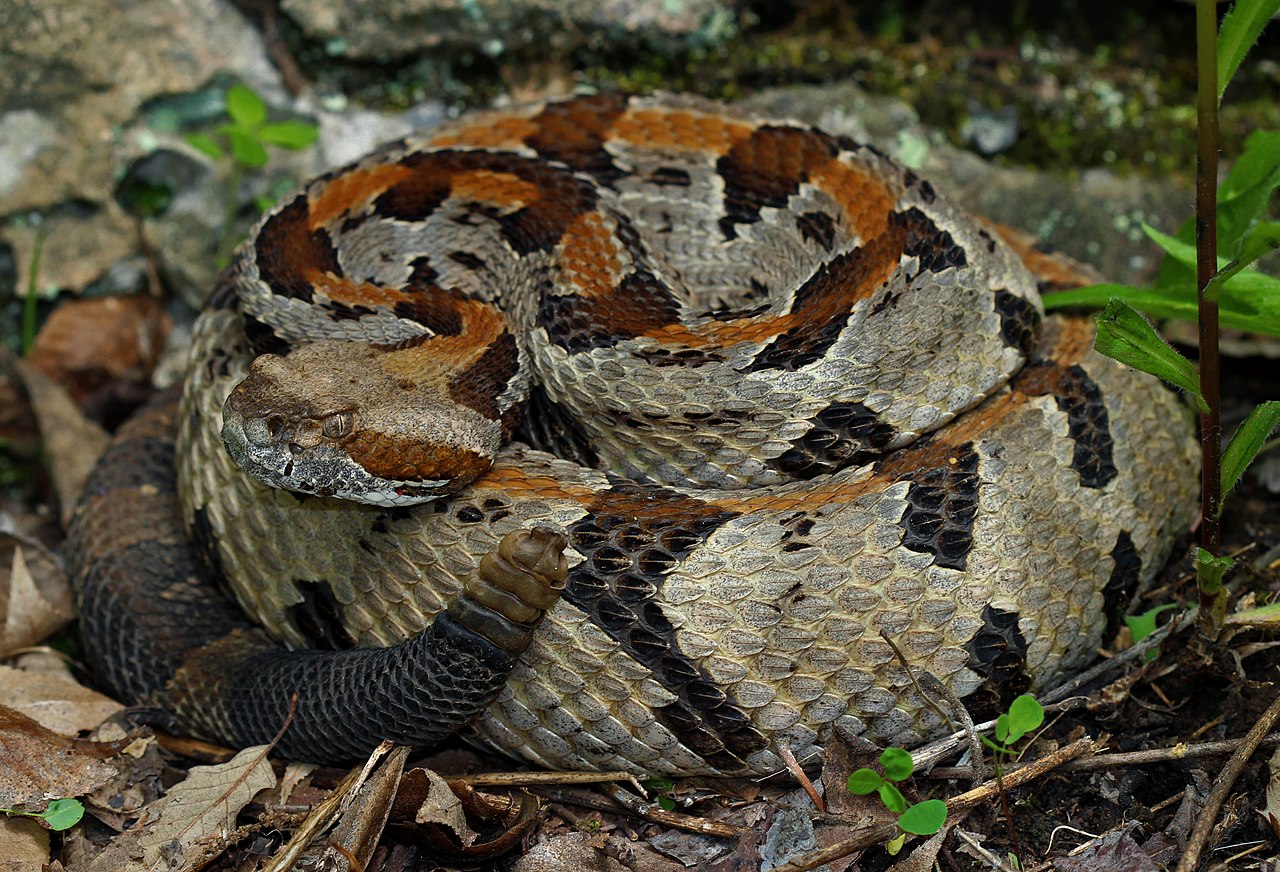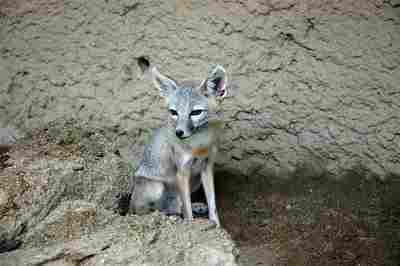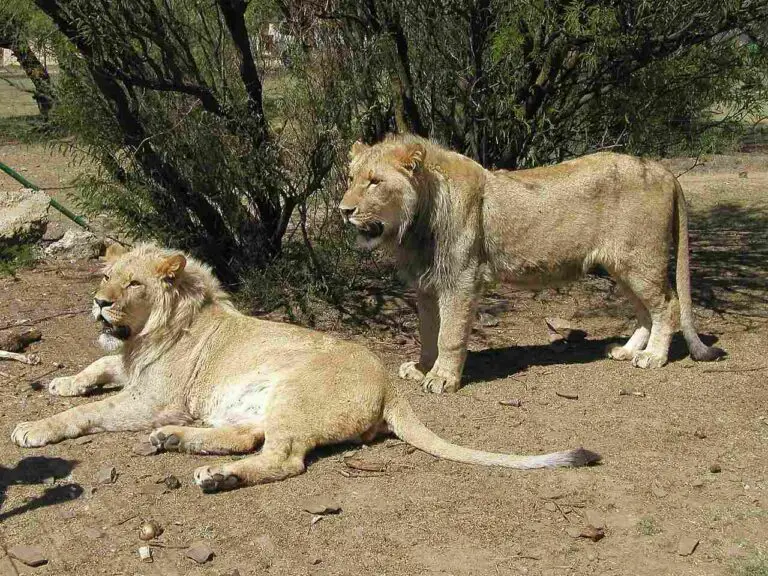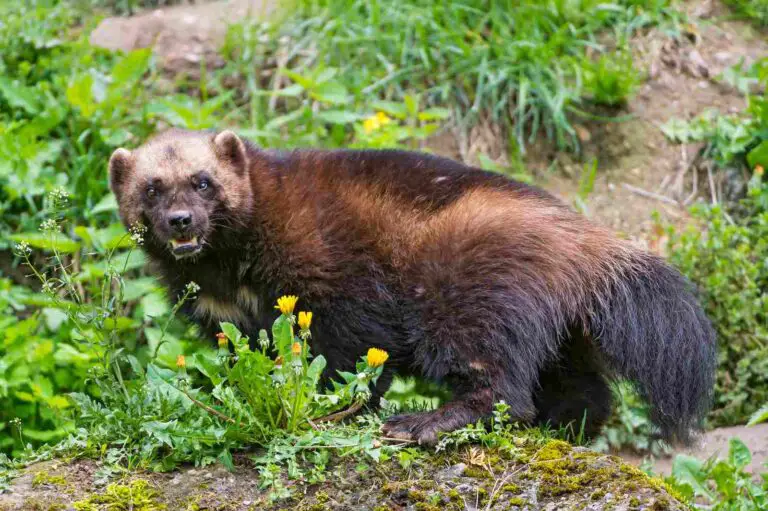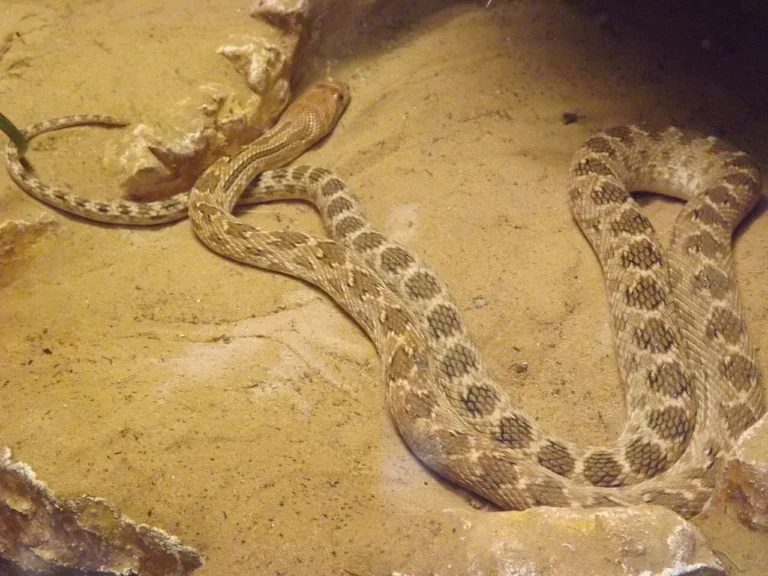11+ Predators In South Carolina And Their Characteristics
Examples of predators in South Carolina are wolf spiders, brown recluse spiders, black bears, and mountain lions. The wolf spider is an active hunter that doesn’t build webs, while the brown recluse hides in dark places and can cause severe skin lesions with its bite. Black bears are large omnivorous mammals that typically avoid humans, and mountain lions are large solitary predators that are now rare in South Carolina. Copperhead snakes and cottonmouths are venomous snakes with varying levels of aggression, while bobcats and grey foxes are elusive predators that help control rodent populations. Finally, bull sharks can inhabit both saltwater and freshwater, contributing to the marine food chain.
1. Wolf Spider
Wolf spiders are a group of spiders belonging to the family Lycosidae, known for their robust build and agile hunting abilities. Found in various parts of South Carolina, these spiders are typically gray or brown with distinct markings on their bodies and legs. Unlike many other spiders that build webs to catch prey, wolf spiders are active hunters that use their keen eyesight and speed to capture insects and other small arthropods. They are often found in leaf litter, under rocks, or in grassy areas, where they use their agility to stalk and pounce on their unsuspecting prey.
While wolf spiders might appear intimidating due to their size and speed, they are generally not aggressive toward humans. Their bites can cause some pain, swelling, and redness but are not considered medically significant for most people. These spiders play an important role in controlling insect populations in their habitats, contributing to the ecological balance in the ecosystems where they are found. Despite their ferocious-sounding name, wolf spiders are beneficial predators that help keep the environment in check.
2. Brown Recluse Spider
The brown recluse spider (Loxosceles reclusa) is a highly venomous spider species commonly found in the southern United States, including South Carolina. It is characterized by its light brown color, violin-shaped marking on its cephalothorax, and long legs. Brown recluse spiders are known for their reclusive behavior, preferring to hide in dark, undisturbed areas like closets, attics, or under furniture. Their venom contains necrotic agents, which can cause severe skin lesions and, in rare cases, more serious systemic reactions.
Though they are venomous, brown recluse spiders typically do not bite unless provoked or trapped against the skin. The severity of their bites can vary, with some causing mild irritation while others lead to more significant tissue damage. Due to their reclusive nature, these spiders pose a lower risk to humans than their venomous reputation might suggest. If bitten, it’s important to seek medical attention to prevent complications. Despite the risks, the brown recluse spider plays a role in controlling insect populations, especially in human dwellings where they may reside.
3. Black Bear
Black bears (Ursus americanus) are the most widely distributed bear species in North America, with populations found in the forests of South Carolina. These bears have a characteristic black fur coat and a strong build, often reaching weights between 200 and 600 pounds. Black bears are omnivorous, eating a varied diet that includes plants, fruits, insects, and small mammals. Their adaptability allows them to thrive in a variety of habitats, from dense forests to suburban areas where food sources are readily available.
Black bears are generally shy and avoid human contact, but encounters can happen, especially in areas where human development encroaches on their habitat. While they are not typically aggressive, black bears can be dangerous if they feel threatened or if they associate humans with food. In South Carolina, efforts to manage black bear populations focus on reducing human-bear conflicts through public education, habitat management, and regulations on feeding wildlife. Understanding their behavior and maintaining a safe distance is key to coexisting with these majestic predators.
4. Mountain Lion
The mountain lion (Puma concolor), also known as the cougar or puma, is a large and elusive predator native to the Americas. Although historically present in South Carolina, mountain lions are considered extirpated from the state, meaning they no longer have established breeding populations. Despite this, there are occasional reports of sightings, suggesting that these big cats might occasionally traverse into the region from neighboring states. Mountain lions are solitary and highly adaptable, capable of living in various environments, from forests to deserts.
These big cats are apex predators, feeding on deer, elk, and smaller mammals. While the absence of breeding populations in South Carolina reduces the risk of encounters, it’s essential to remain cautious in areas where mountain lions might roam. If sighted, it’s critical to avoid turning your back or running, as this could trigger a predatory response. Instead, maintaining eye contact, making oneself look larger, and backing away slowly are recommended safety measures. The mountain lion’s role in ecosystems is crucial, as it helps maintain the balance by controlling prey populations.
5. Copperhead Snake
Copperhead snakes (Agkistrodon contortrix) are venomous pit vipers found throughout South Carolina. Named for their distinct copper-colored head, these snakes have a pattern of hourglass-shaped bands along their bodies, ranging from light tan to dark brown. Copperheads are commonly found in wooded areas, rocky outcrops, and near water sources, where they hunt for small mammals, birds, and insects. They are ambush predators, using their excellent camouflage to remain hidden until prey comes within striking range.
Copperhead bites are rarely fatal to humans, but they can cause significant pain, swelling, and tissue damage. Despite their venomous nature, copperheads are not aggressive and typically only bite when threatened or accidentally stepped on. In South Carolina, public awareness and education play key roles in preventing snakebites and promoting coexistence with these predators. Understanding their behavior and respecting their space is vital, as copperheads contribute to controlling pest populations and maintaining ecosystem health.
6. Cottonmouth
The cottonmouth (Agkistrodon piscivorus), also known as the water moccasin, is a venomous snake found in South Carolina’s wetlands and freshwater environments. Recognized by its dark coloration and distinctive white mouth lining, the cottonmouth is a formidable predator in its aquatic habitat. These snakes are typically found near swamps, marshes, rivers, and lakes, where they hunt for fish, amphibians, and small mammals. Cottonmouths are known for their swimming ability and can often be seen basking on rocks or logs near the water’s edge.
Although cottonmouths have a reputation for aggression, they typically try to avoid human contact and will only attack if provoked or threatened. Their venom is potent, causing pain, swelling, and potential tissue damage, but bites are rarely fatal. In South Carolina, proper education and awareness are crucial to reducing the risk of encounters and promoting safety in areas where cottonmouths are present. Despite their fearsome reputation, cottonmouths play an important role in controlling pest populations and maintaining the balance of wetland ecosystems.
7. Bobcat
The bobcat (Lynx rufus) is a medium-sized wildcat native to North America and found throughout South Carolina. With its distinctive tufted ears, short tail, and spotted coat, the bobcat is a formidable predator. It thrives in a variety of habitats, from forests to swamps and even suburban areas. Bobcats are solitary and nocturnal, primarily hunting at night for small mammals, birds, and reptiles. Their adaptability allows them to coexist with human populations, though they typically avoid direct contact.
Bobcats play an essential role in maintaining ecological balance by controlling populations of rodents and other small prey. While generally elusive, they can be seen near human habitation, especially in areas where food sources are abundant. Bobcats are not known to be aggressive toward humans, but it’s advisable to exercise caution and keep a safe distance if encountered. Efforts to conserve and protect bobcats in South Carolina focus on preserving their habitats and reducing human-wildcat conflicts through education and awareness.
8. Coyote
The coyote (Canis latrans) is a highly adaptable predator that has expanded its range across North America, including South Carolina. Coyotes are known for their intelligence and resourcefulness, which allows them to thrive in various habitats, from forests to urban areas. They have a grayish-brown coat, pointed ears, and a bushy tail, resembling a small wolf. Coyotes are opportunistic feeders, preying on small mammals, birds, and insects while also scavenging for food in human environments.
Coyotes have become more prevalent in South Carolina due to habitat changes and reduced competition from larger predators. This expansion has led to increased encounters with humans and domestic pets, raising concerns about safety and property damage. Despite these concerns, coyotes play a vital role in controlling rodent and rabbit populations, contributing to ecosystem health. To manage human-coyote conflicts, South Carolina authorities promote public education, proper waste disposal, and responsible pet management to reduce attractants and discourage coyotes from encroaching on residential areas.
9. Bull Shark
The bull shark (Carcharhinus leucas) is a large and aggressive shark species known for its ability to inhabit both saltwater and freshwater environments. Found along the coast of South Carolina, bull sharks can swim upriver, making them one of the few shark species capable of surviving in freshwater habitats. With their robust build and broad, rounded snout, bull sharks are powerful predators that feed on fish, marine mammals, and other sharks. They are often encountered in coastal waters and estuaries, where they play a key role in the marine food chain.
Bull sharks have a reputation for aggression, and their presence in both saltwater and freshwater areas can lead to occasional human encounters. While shark attacks are rare, bull sharks are responsible for a significant proportion of them due to their aggressive nature and proximity to human activities. To reduce the risk of shark attacks in South Carolina, authorities recommend avoiding swimming at dawn and dusk, staying in groups, and avoiding areas where sharks are known to feed. Despite their reputation, bull sharks are an important part of the marine ecosystem, helping to maintain the balance of marine life.
10. Long-Tailed Weasel
The long-tailed weasel (Mustela frenata) is a small, agile carnivore found in various habitats across South Carolina, including forests, grasslands, and wetlands. Known for its slender body, long tail, and sharp teeth, the long-tailed weasel is an effective predator, preying on small mammals, birds, and insects. These weasels are typically brown with a white belly, and in northern climates, they may turn white during winter. Despite their small size, long-tailed weasels are fierce and quick, allowing them to capture prey much larger than themselves.
Long-tailed weasels play an important role in controlling rodent populations, making them beneficial to farmers and homeowners. However, their predatory nature can sometimes lead them into conflict with humans, especially if they target poultry or other small livestock. In South Carolina, conservation efforts focus on maintaining healthy habitats for long-tailed weasels while minimizing human-wildlife conflicts. Understanding their behavior and respecting their role in the ecosystem helps promote coexistence with these small but vital predators.
11. Grey Fox
The grey fox (Urocyon cinereoargenteus) is a small, agile predator found throughout South Carolina’s forests and woodlands. Known for its grizzled grey coat and distinctive black-tipped tail, the grey fox is unique among North American canids for its ability to climb trees. This arboreal skill allows them to escape predators and access food sources that other canids cannot. Grey foxes are opportunistic feeders, preying on small mammals, birds, and insects while also consuming fruits and vegetables when available.
Grey foxes are typically shy and elusive, avoiding human contact whenever possible. However, their adaptability has allowed them to thrive in various habitats, including suburban areas where food sources are plentiful. Although they are not considered aggressive, grey foxes can pose a threat to small pets if encountered. In South Carolina, efforts to manage grey fox populations focus on maintaining suitable habitats and reducing human-wildlife conflicts through public education and awareness. Despite their elusive nature, grey foxes play an important role in controlling rodent populations and maintaining ecosystem balance.
12. American Alligator
The American alligator (Alligator mississippiensis) is a large reptile found in wetlands and freshwater environments throughout South Carolina. With its massive body, armored scales, and powerful jaws, the American alligator is one of the most iconic predators in the southeastern United States. Alligators are primarily aquatic, inhabiting swamps, marshes, rivers, and lakes, where they feed on fish, birds, and mammals. Their ability to regulate their body temperature by basking in the sun or retreating to the water makes them highly adaptable to varying conditions.
While American alligators are typically not aggressive toward humans, they can be dangerous if provoked or if they associate humans with food. Encounters with alligators often occur in areas where human development encroaches on their habitat. In South Carolina, conservation and management efforts focus on protecting alligator populations while minimizing human-alligator conflicts. It’s crucial to follow safety guidelines when near alligator habitats, such as keeping a safe distance, never feeding alligators, and avoiding swimming in areas where they are known to reside. The American alligator plays a vital role in maintaining the balance of wetland ecosystems, contributing to the health and diversity of these environments.
13. Bull Shark
The bull shark (Carcharhinus leucas) is a large and aggressive shark species known for its ability to inhabit both saltwater and freshwater environments. Found along the coast of South Carolina, bull sharks can swim upriver, making them one of the few shark species capable of surviving in freshwater habitats. With their robust build and broad, rounded snout, bull sharks are powerful predators that feed on fish, marine mammals, and other sharks. They are often encountered in coastal waters and estuaries, where they play a key role in the marine food chain.
Bull sharks have a reputation for aggression, and their presence in both saltwater and freshwater areas can lead to occasional human encounters. While shark attacks are rare, bull sharks are responsible for a significant proportion of them due to their aggressive nature and proximity to human activities. To reduce the risk of shark attacks in South Carolina, authorities recommend avoiding swimming at dawn and dusk, staying in groups, and avoiding areas where sharks are known to feed. Despite their reputation, bull sharks are an important part of the marine ecosystem, helping to maintain the balance of marine life.
*Summary
-
Wolf Spider
-
Active hunters; no web building
-
Found in leaf litter, rocks, grassy areas
-
Generally not aggressive toward humans
-
Bite can cause mild irritation but not medically significant
-
Contributes to insect control
-
-
Brown Recluse Spider
-
Venomous, light brown with a violin-shaped marking
-
Hides in dark, undisturbed areas like closets and attics
-
Bites cause necrotic lesions
-
Plays a role in controlling insect populations
-
-
Black Bear
-
Large omnivorous mammal, shy and avoids humans
-
Found in forests and suburban areas
-
Generally not aggressive but can be dangerous if provoked
-
Plays a role in controlling populations of smaller mammals
-
-
Mountain Lion
-
Extirpated from South Carolina; no breeding populations
-
Large solitary predator, feeds on deer and smaller mammals
-
Avoids human contact
-
Important for maintaining ecological balance by controlling prey populations
-
-
Copperhead Snake
-
Venomous snake with copper-colored head
-
Found in wooded areas and rocky outcrops
-
Bites are rarely fatal but can cause pain and swelling
-
Controls pest populations in its habitat
-
-
Cottonmouth
-
Venomous snake also known as water moccasin
-
Found in wetlands and freshwater environments
-
Can be aggressive when provoked
-
Plays a role in controlling pest populations in aquatic environments
-
-
Bobcat
-
Medium-sized wildcat, primarily nocturnal
-
Solitary; feeds on small mammals, birds, reptiles
-
Generally avoids human contact
-
Contributes to controlling rodent populations
-
-
Coyote
-
Highly adaptable predator
-
Thrives in various habitats, including urban areas
-
Opportunistic feeder, controls rodent populations
-
Increasingly common due to habitat changes
-
-
Bull Shark
-
Large and aggressive; can inhabit both saltwater and freshwater
-
Found along the coast and in rivers
-
Responsible for a significant proportion of shark attacks
-
Plays a key role in the marine food chain
-
-
Long-Tailed Weasel
-
Small, agile carnivore with a slender body
-
Preys on small mammals, birds, and insects
-
Sometimes leads to conflict with humans
-
Controls rodent populations
-
-
Grey Fox
-
Small arboreal predator
-
Can climb trees; feeds on small mammals, birds, insects
-
Generally avoids human contact
-
Contributes to controlling rodent populations
-
-
American Alligator
-
Large reptile found in wetlands and freshwater
-
Primarily aquatic; feeds on fish, birds, mammals
-
Can be dangerous if provoked
-
Plays a role in maintaining wetland ecosystems
-
| Predator | Characteristics |
| Wolf Spider |
Active hunters, found in grassy areas, not aggressive toward humans, beneficial insect control
|
| Brown Recluse |
Venomous, hides in dark places, causes necrotic lesions, controls insect populations
|
| Black Bear |
Large omnivorous mammal, avoids humans, but can be dangerous if provoked, important in ecosystem
|
| Mountain Lion |
Extirpated from South Carolina, large solitary predator, controls prey populations
|
| Copperhead Snake |
Venomous snake, copper-colored head, bites rarely fatal, controls pest populations
|
| Cottonmouth |
Venomous, found in wetlands, can be aggressive, controls pest populations
|
| Bobcat |
Medium-sized wildcat, primarily nocturnal, avoids human contact, controls rodent populations
|
| Coyote |
Highly adaptable, thrives in urban areas, controls rodent populations
|
| Bull Shark |
Large and aggressive, can inhabit both saltwater and freshwater, part of marine food chain
|
| Long-Tailed Weasel |
Small, agile carnivore, controls rodent populations
|
| Grey Fox |
Small arboreal predator, avoids human contact, controls rodent populations
|
| American Alligator |
Large reptile, found in wetlands, can be dangerous if provoked, important for wetland ecosystems
|
